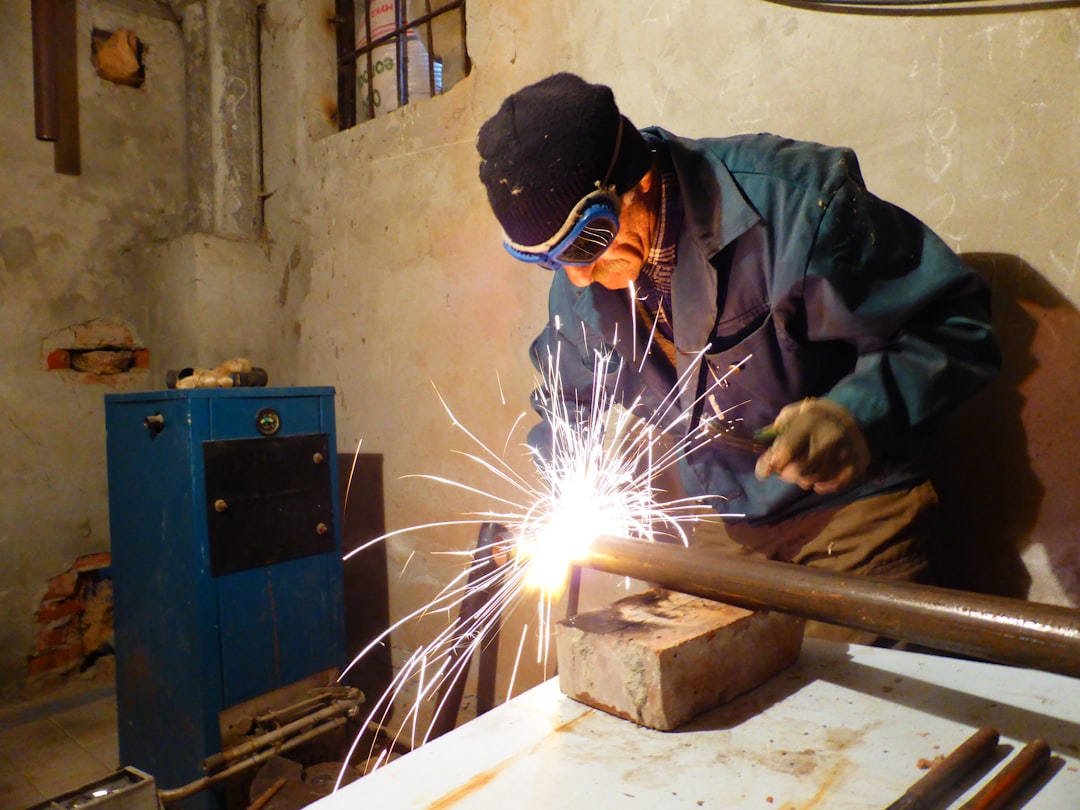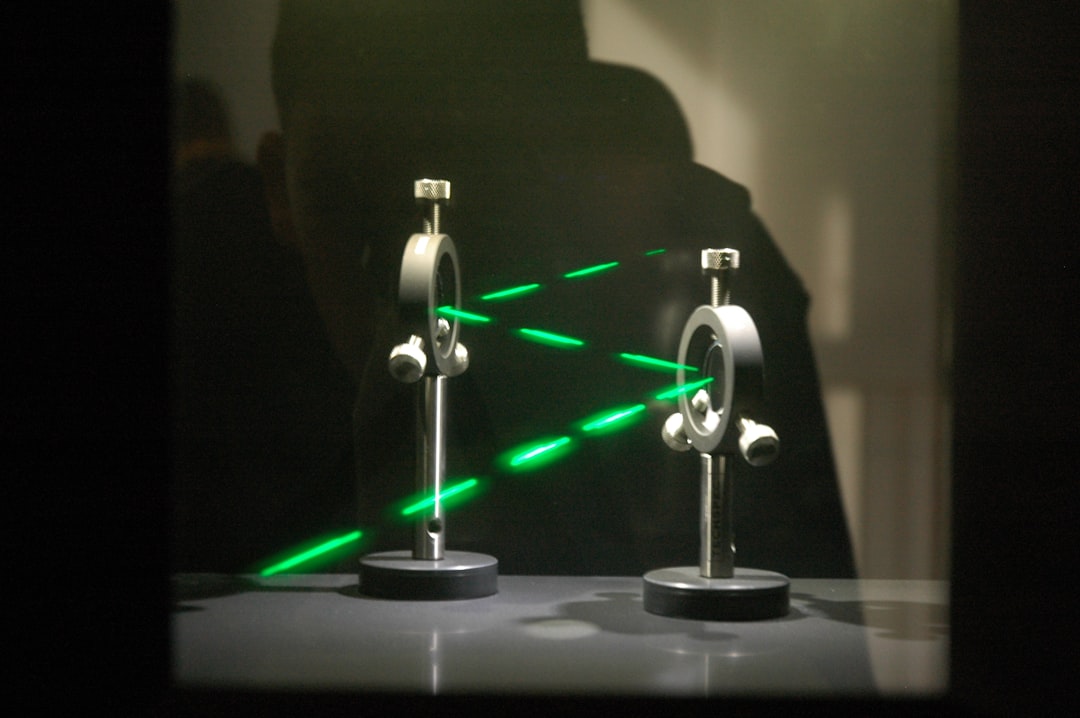What is it about?
A synchrotron light source is a type of particle accelerator with the capacity to generate significantly greater amounts of X-rays compared to tabletop X-ray devices or medical X-ray scanners. This allows for the rapid capture of internal structures in evolving phenomena. This technique, called "dynamic computed tomography," was used in this study to monitor the mixing of pharmaceutical powders with water droplets.
Featured Image

Photo by Louis Reed on Unsplash
Why is it important?
In the past, the mixing of pharmaceutical powders with liquid was limited to external observations. This study demonstrated the use of synchrotron radiation to observe how pharmaceutical powders coalesced into a granule, and the development of the granule's internal porosity. It revealed individual pores becoming networks and how different conditions would influence how such pores formed. Gaining a comprehensive understanding of how these internal pores form can contribute to understanding how pharmaceutical products perform. Not only was this study the first to use the full capacity of dynamic computed tomography to observe and measure changes in pharmaceutical granule formation, but also serves as a guide to using this technique for similar fast occurring phenomenon.
Read the Original
This page is a summary of: In situ wet pharmaceutical granulation captured using synchrotron radiation based dynamic micro-CT, Journal of Synchrotron Radiation, February 2023, International Union of Crystallography,
DOI: 10.1107/s1600577523000826.
You can read the full text:
Resources
Contributors
The following have contributed to this page










